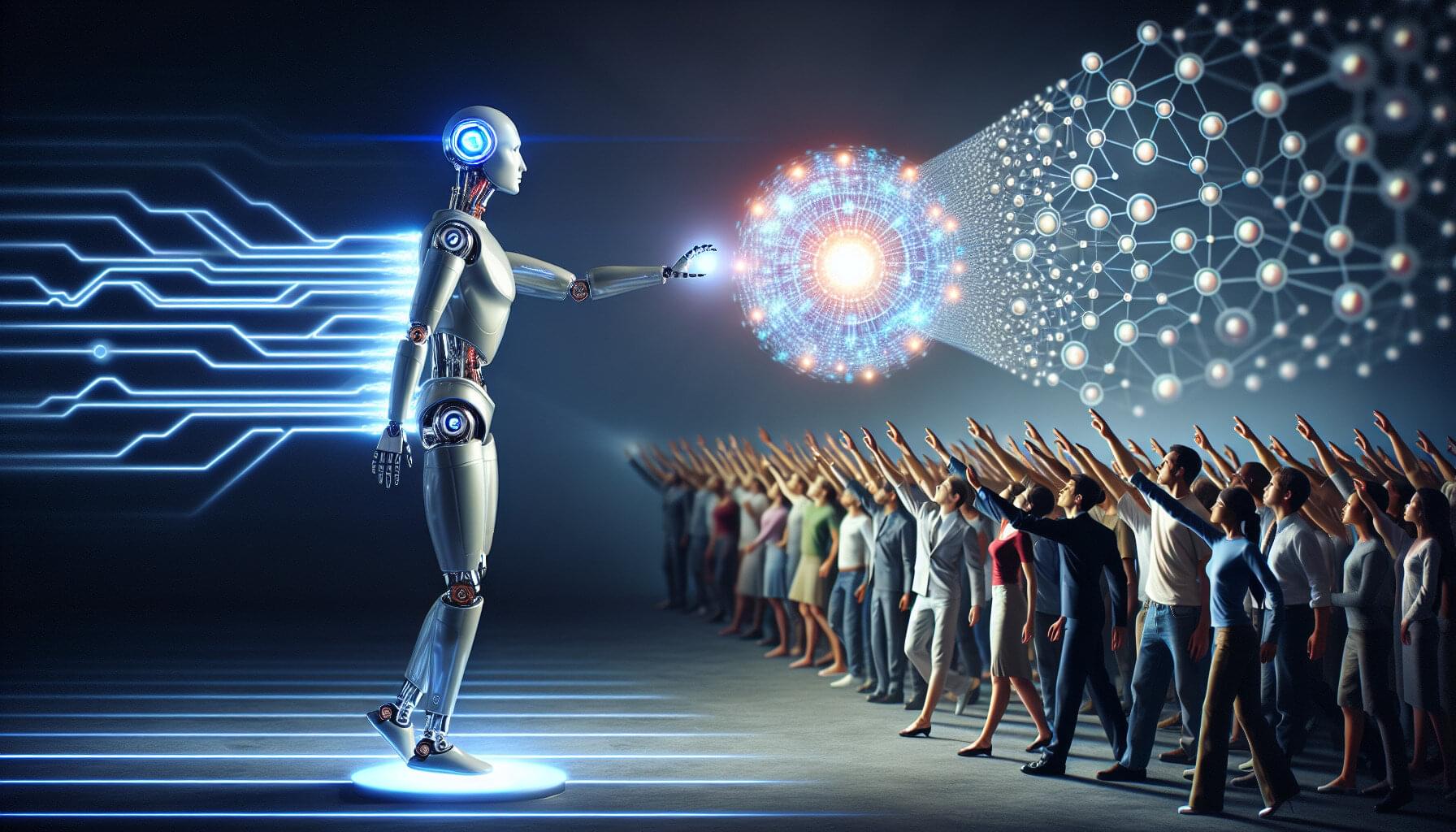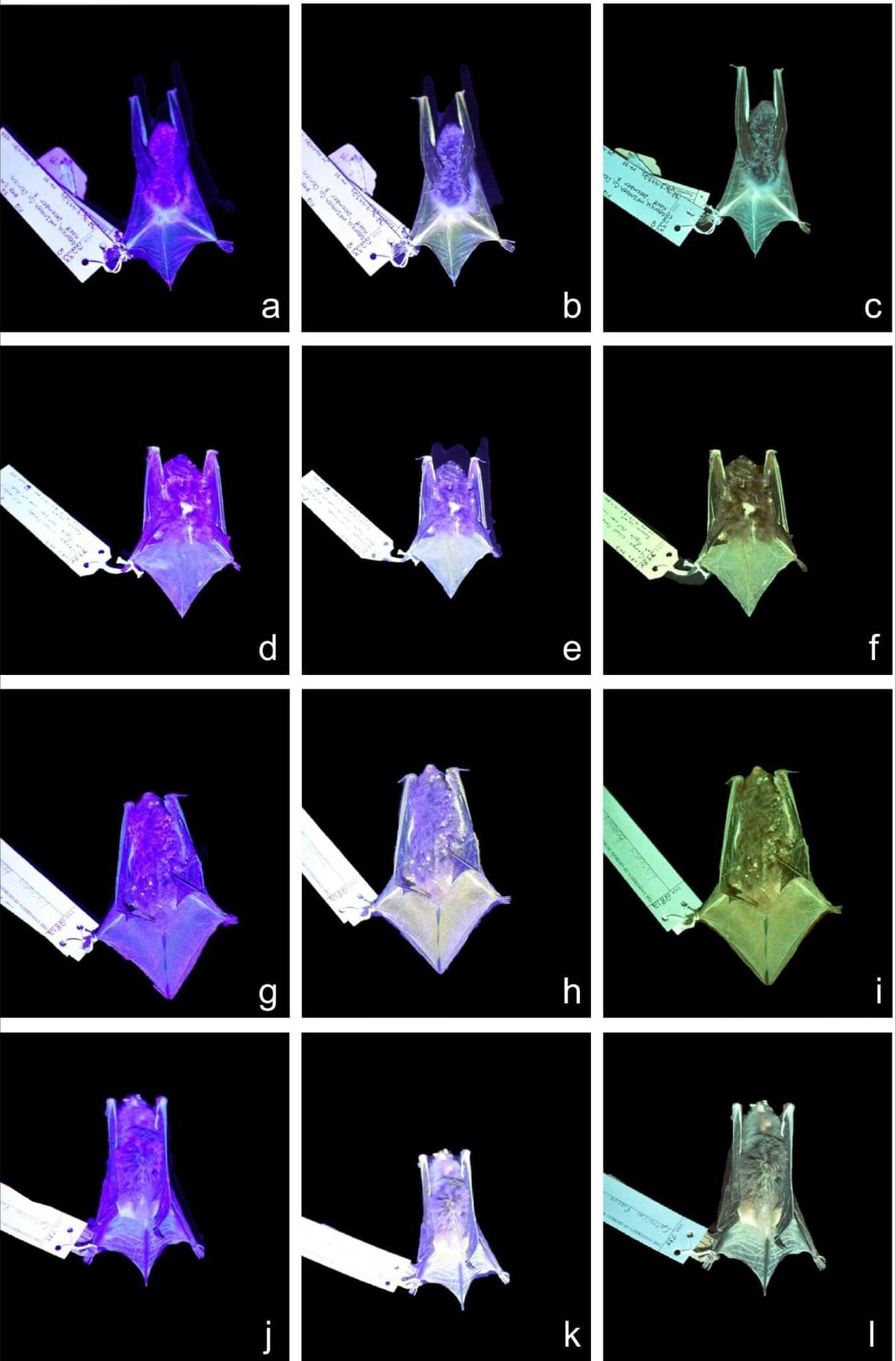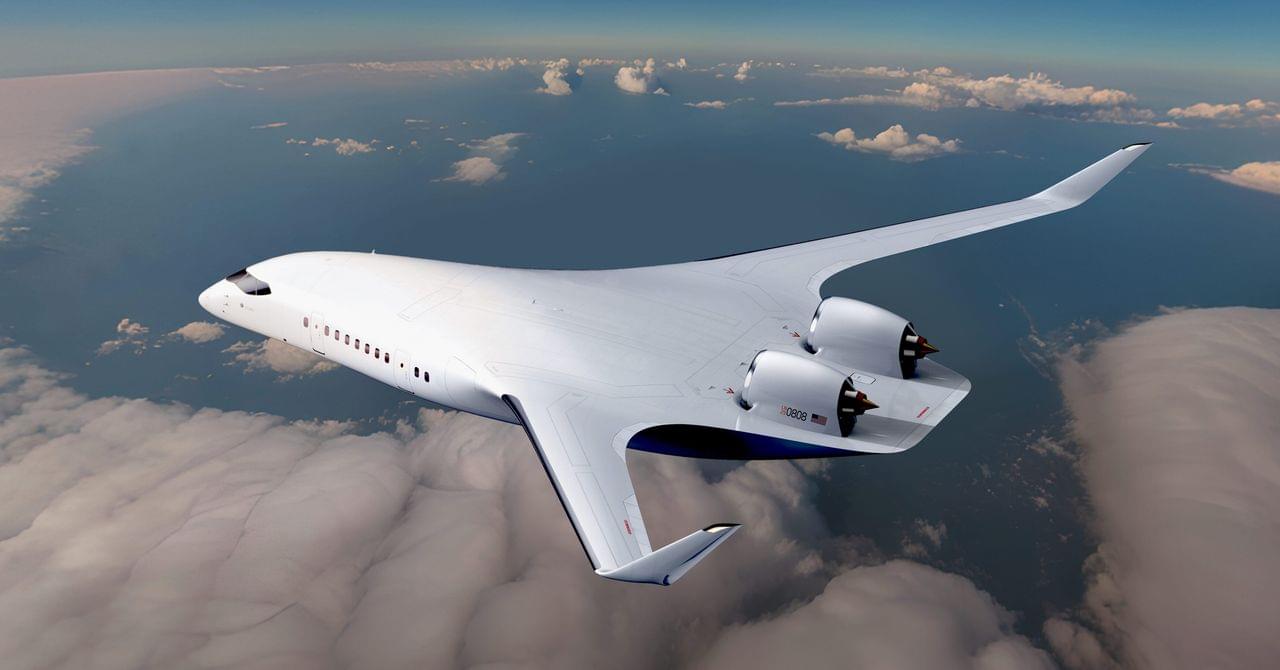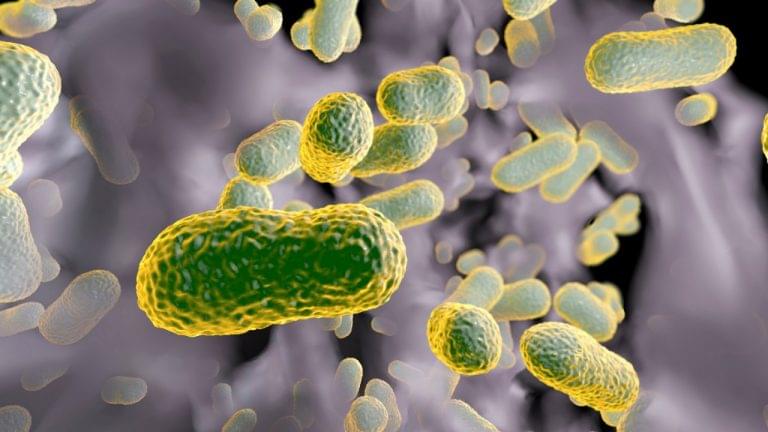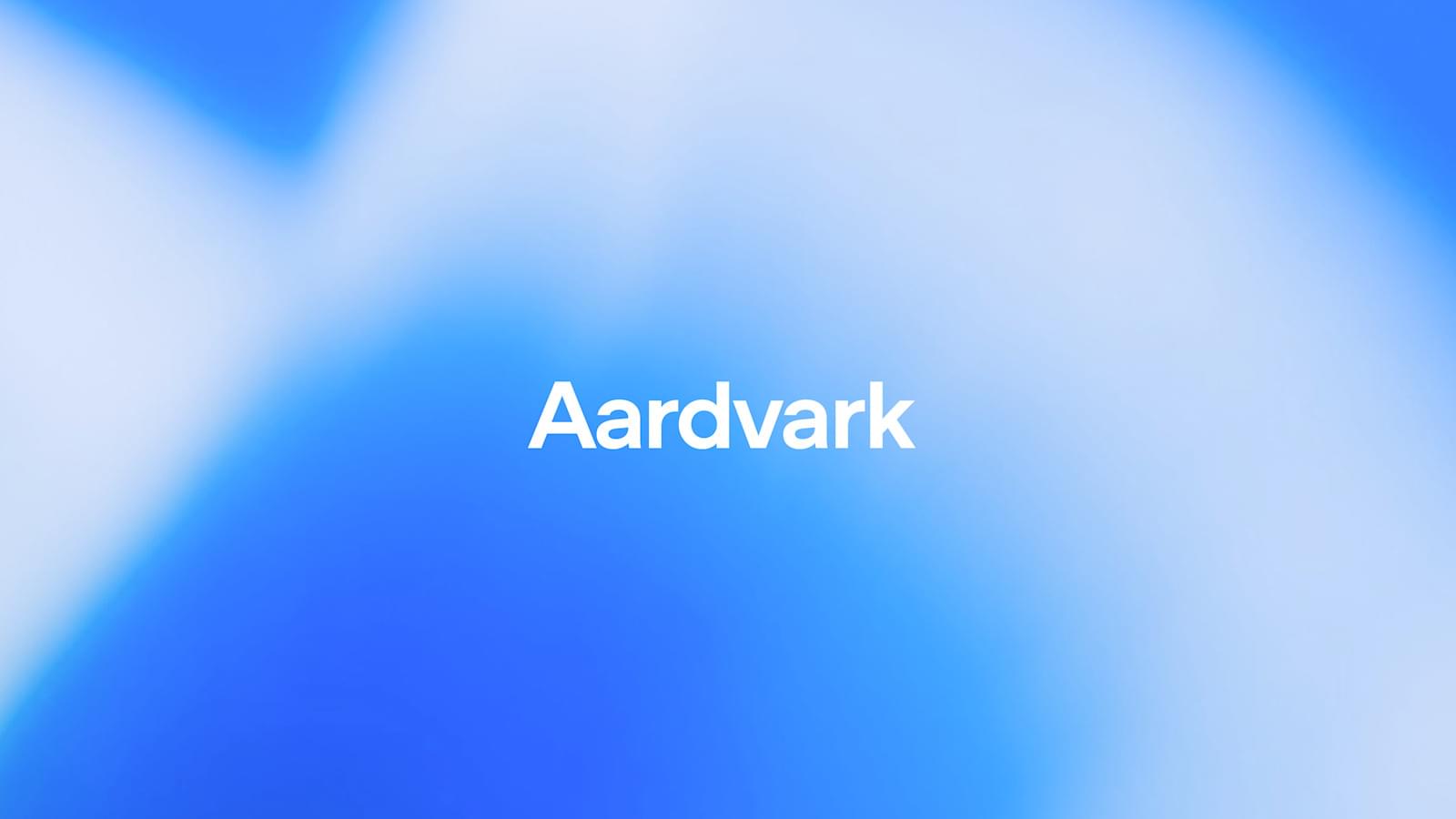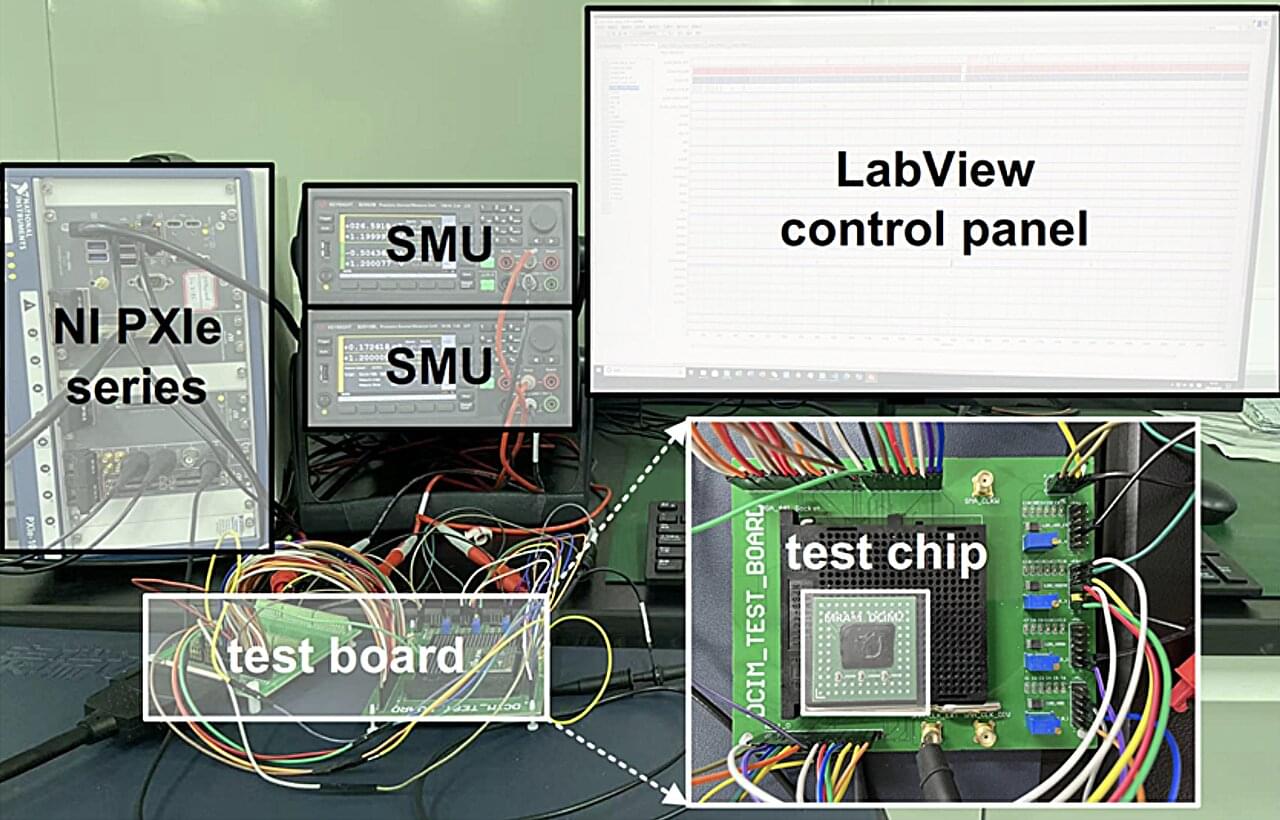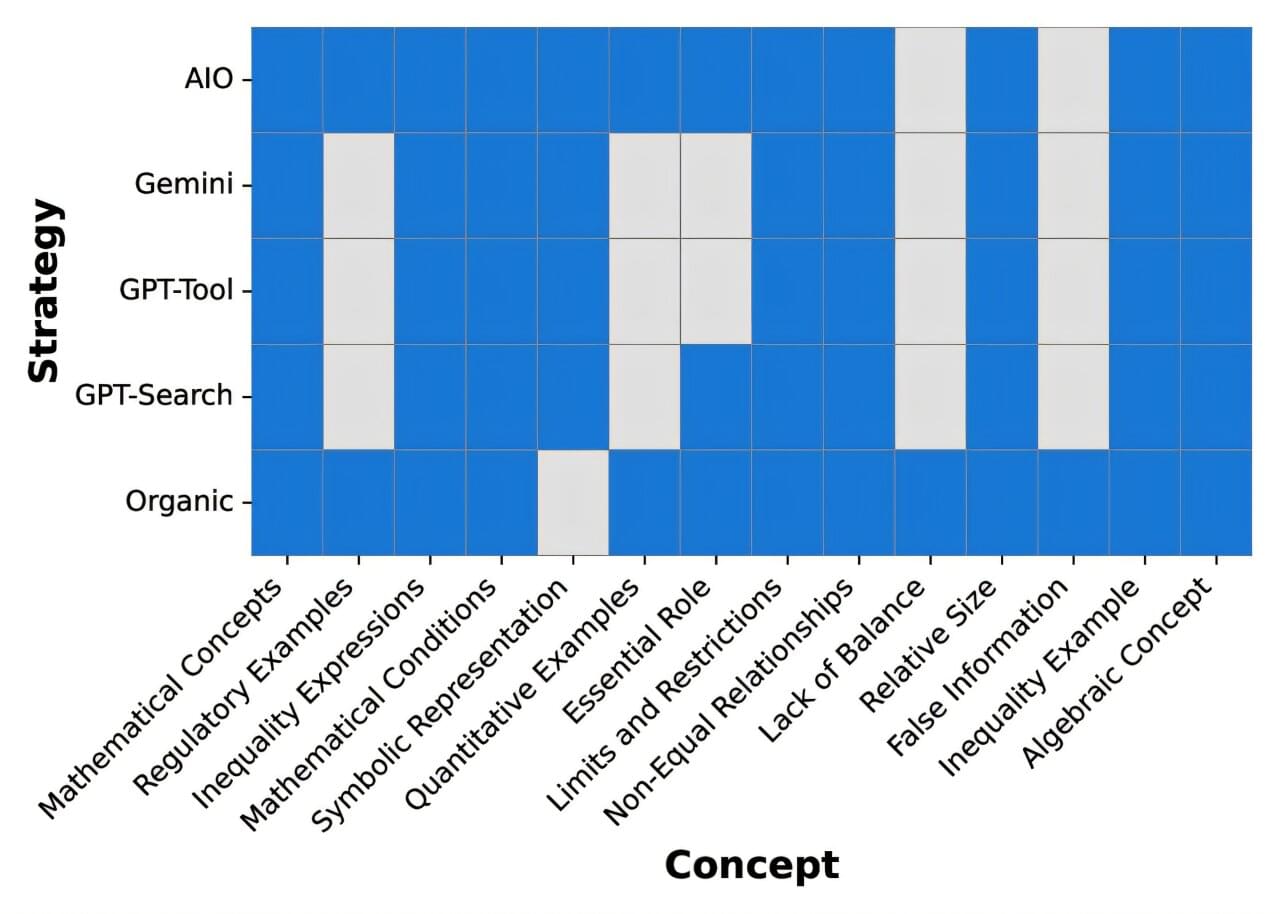New research from Carnegie Mellon University’s School of Computer Science shows that the smarter the artificial intelligence system, the more selfish it will act.
Researchers in the Human-Computer Interaction Institute (HCII) found that large language models (LLMs) that can reason possess selfish tendencies, do not cooperate well with others and can be a negative influence on a group. In other words, the stronger an LLM’s reasoning skills, the less it cooperates.
As humans use AI to resolve disputes between friends, provide marital guidance and answer other social questions, models that can reason might provide guidance that promotes self-seeking behavior.
